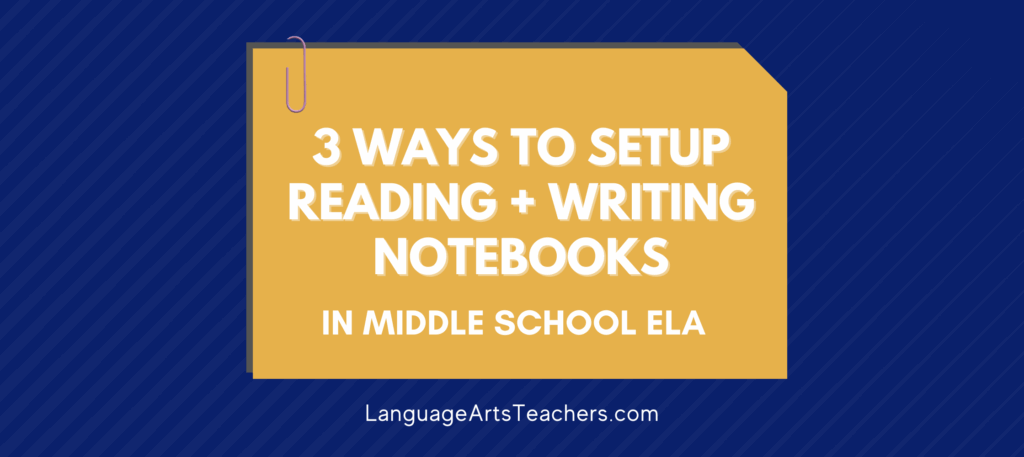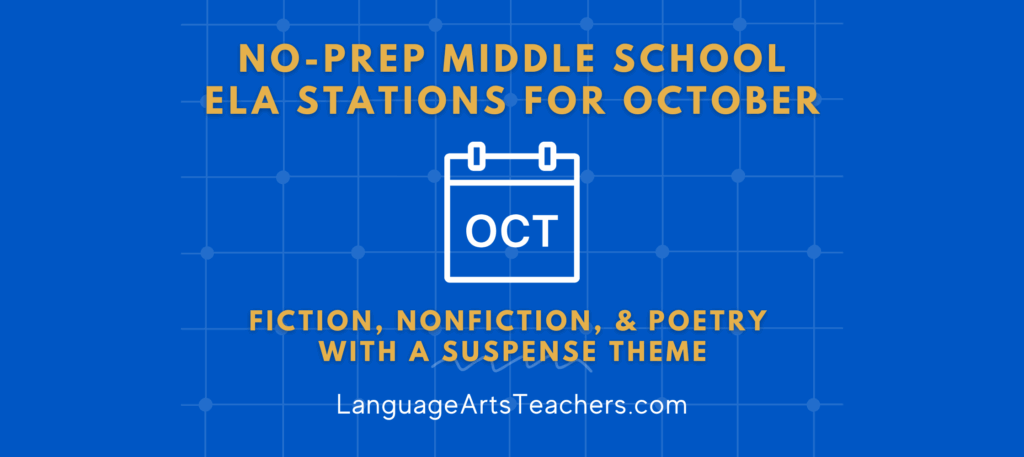Finding on-level paired passages ready to go for Middle School ELA that are
- Accessible for your struggling readers
- Challenging enough for your high fliers
- Engaging so no one is bored
- Designed to promote discussion with built-in teachable moments
- . . . And that don’t take a whole week to teach (no time!)

Can be really difficult to locate in the online rabbit hole that is the Internet.
I’ve put together a collection of five paired passages for teaching and reviewing elements of expository, informational texts, and I’ve organized them into one simple location that I’m ready to share with you!
Each article set is tried-and-true (and I’ve personally used and tweaked many times to get them *just right* in order) to engage students, promote discussion, and to provide us as teachers with easy-to-access no-prep resources ready to go right away.
In fact, here are the topics and main skills for each of these five paired passage article sets that I designed specifically for Middle School ELA (grades 6 – 8, but useful for 5th or 9th grade as well):
Paired Passage Article Set #1: Bram Stoker – Vocabulary-in-Context
Paired Passage Article Set #2: Cursive Writing – POV & Author’s Purpose
Paired Passage Article Set #3: Online Privacy – Main Idea, Facts/Opinions, Text Evidence
Paired Passage Article Set #4: Soccer Headaches – Venn Diagram / Compare-Contrast
Paired Passage Article Set #5: Lost Cities – Text Evidence & Making Connections

Now technically, I can teach ALL those concepts and skills in ALL of those paired passage articles. What I mean is that I can take my Bram Stoker paired passage set and teach not just vocabulary-in-context, but also teach point-of-view, main idea and details, making inferences using logical text evidence, etc.
But one thing that helps stop the overwhelm for both students and teachers (especially struggling students and exhausted teacher) is to focus on ONE thing per article set rather than trying to hit multiple standards all at once.
What you CAN do, to make things easy and accessible for yourself (and for your kiddos) is to revisit a set of paired passages your students have already read in order to provide for another teachable moment. For instance, let’s say I really only used the Bram Stoker article set to teach vocabulary-in-context. Fine! But perhaps I go back to it a week or a month later and then use the same article set to also teach point-of-view. It’s still one concept, ONE thing, at a time. . . But I don’t have to go and locate a whole other article set JUST to teach point-of-view.
My point is to use what you have again and again to teach different concepts or to review different skills. Yes, students will say (at first) that, “We already did this” or “We already read this” and your response will simply be, “That’s right! We sure did, so this will be way easier now.” Rather than students struggling along with yet another new article to comprehend AND a skill to practice, they can build on their comprehension from a familiar article and put more focus on the skill itself.
Now before I get emails or messages from people reading this about how it’s good for kids to struggle because that’s how they grow, I totally get it! I’m not saying to make everything easy for them. I’m just saying that there’s a lot of value in teaching or reteaching skills that utilize passages you’ve maybe used before already, and that’s great! It’s less time and energy on your part because instead of going down the online rabbit whole looking for another article to review another skill, focus on the skill itself and just reuse an article you already have, no matter if it’s something students have already read. It actually works in your favor—and theirs.
Click the button below to check out ALL the mini-lessons and article sets not just for nonfiction paired passages, but for the other essentials used for Middle School English Language Arts & Reading.
BONUS > > I’m also sharing a set of Nonfiction Discussion Task Cards great for ANY article so you know you’re always asking the right standards-based questions without constantly having to go invent a worksheet or try to find something for students “to do” with other articles you may wish to use.
Each of the articles in my set of paired passages includes questions or activities so you have a “result” to assess, but beyond that, there are several other ways to use paired passages in your class.
Ideas for Teaching with Paired Passages in the Classroom:
*** Independent practice leading to class or small group discussion (1 article per week for 5 weeks)
*** Station / center work >> Click Here to Access my FREE training on setting up & running stations
*** Test prep or review >> Click Here to access my FREE training on engaging test prep strategies
*** Extra resources for tutoring or additional support / intervention
*** Supporting resources & practice to extend informational / expository concepts you’ve already taught
*** Each paired passage article set is designed to take approximately 30 – 45 minutes depending on your classroom, your students’ needs, and other variables
While each article set contains a different academic focus as listed above, each one can also be used to meet other standards or teaching moments as well. These sets are simply to get you started, and you can insert all kinds of your own teachable moments as you go.
There’s typically 1-2 activities per article set. These are designed as a jumping off point for in-class discussion (or could be done independently and then used as the basis for further class or small group discussion).
CCSS > > You’ll be able to meet both CCSS and TEKS standards in the Non-fiction Expository Paired Passages I’ve put together as part of the Middle School ELA Essentials Bundle.
I hope all that helps! If it even helps a little bit, then that’s something to be celebrated😊
Click Here to grab your Middle School ELA Essentials Bundle at 80% off the normal price – It comes with the resources I mentioned already PLUS 100+ mini-lessons covering all the most important, most essential genres and concepts so you can jump off the struggle bus 🚌and find confidence, clarity, and creativity again in teaching!




